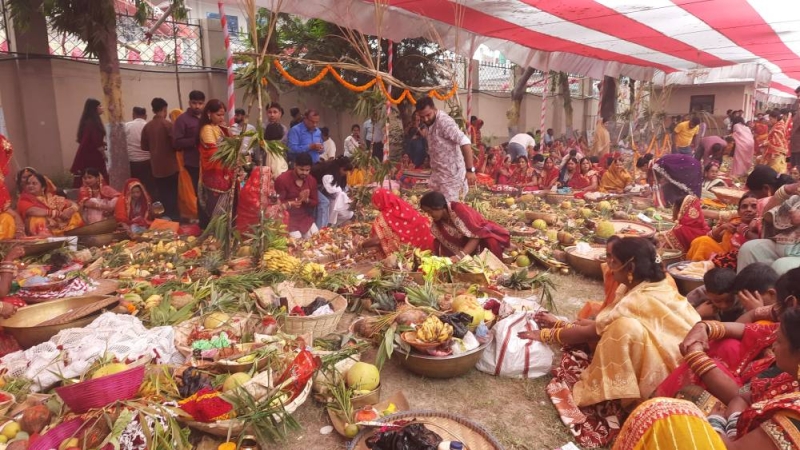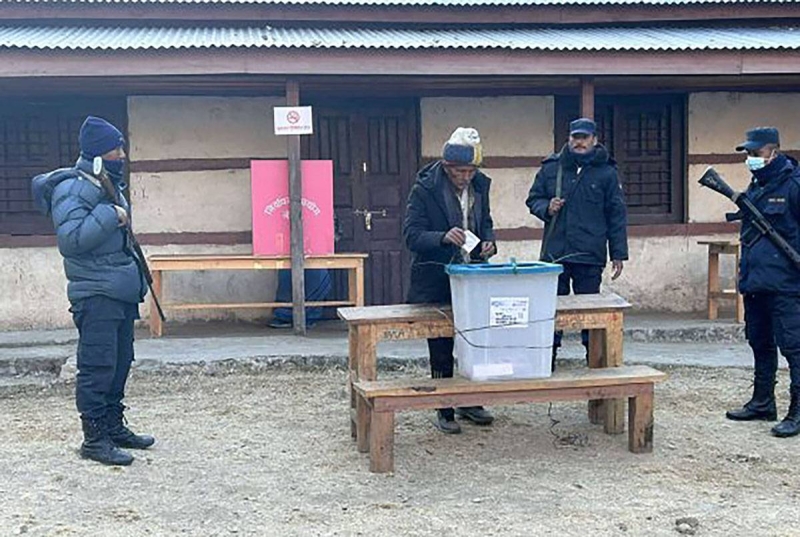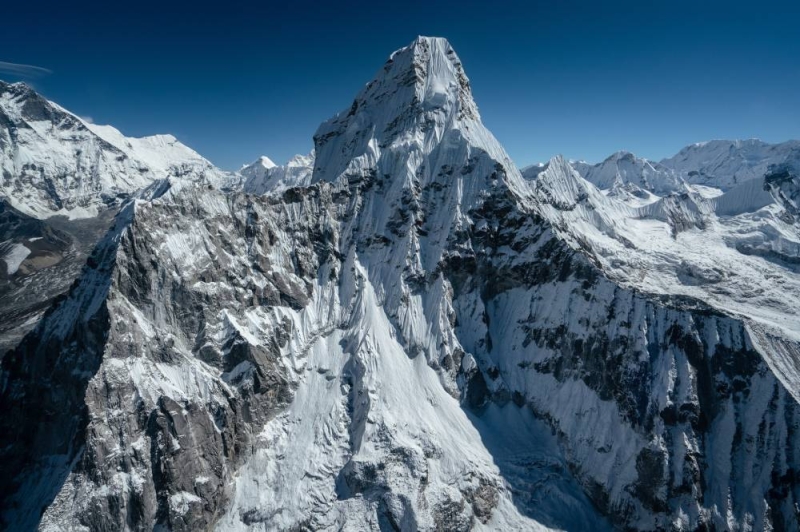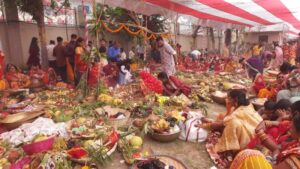Why is Chhath one of the most special festivals? – The Himalayan Times – Nepal’s No.1 English Daily Newspaper
Sarlahi, October 26
Chhath, one of the most prominent festivals in Nepal, is more than just a festival; it’s a feeling and devotional emotion. Many youth studying out of the village and country get back to Nepal to celebrate the festival of Chhath. “It’s not just any other festival; it’s our devotional emotion,” youths shared. Although Chhath is celebrated for four days, the major two days of Chhath this year fall on October 27 and 28.
Anjali Sah, 24, of Sarlahi, told THT, “To me, Chhath is more than a festival; it’s a living bond between the people and nature, Madhes and the hills, beyond caste and class.”
She described the festival, saying, “I have seen how it brings everyone together at the riverbanks, bound by devotion and discipline. That is why I believe our local governments should take proactive measures to ensure clean ghats (river or pond banks where Chhath rituals are performed), plastic-free surroundings, and eco-friendly decorations that truly honour the spirit of Chhath.”
“And it’s time for the federal government to recognise Chhath as a national festival because no other celebration binds this country in faith and sunlight quite like it,” she added.
When THT asked Sujit Pandit as to what Chhath means to him, a youth from Rautahat responded, “Chhath is the greatest festival to me and the most awaited and favourite day of the year for me. It is celebrated for four days with different stages of preparation of Chhathiya, where I enjoy the responsibility of Ghaatha (a river or pond bank where Chhath is performed) preparation and community decorations.”
According to him, it is the only festival of Madhes wherein everyone comes to celebrate at home. “This is a festival where we feel like getting together with Chhathi mai (mother) puja.” He further stated that activities like Ghat preparation help to promote collective work habits. “As a son of the Kumhar (porter) family, Chhath also brings back the memory of selling several significant structures of clay (haathi, kosiya, dhakana, chumbak, ghaila, among others) as a salesman in my childhood days along with my grandfather. I miss these memories after his demise.”
Another youth, Saroj Yadav, from Sarlahi, shared that Chhath to him was more than just a festival; it is a feeling of home and togetherness. “Being from the Tarai, every year I eagerly wait to return home for Chhath to spend some quality time with my family. It’s a special time when the whole family gathers, prayers are offered to the Sun God, and we celebrate our culture and traditions,” he said. “Studying in Kathmandu, those moments at home recharge my spirit and keep me connected to my roots.”
He also lamented, “This year, however, I am facing a little dilemma because my exams begin from October 31, immediately after Chhath on October 27 and 28. I really wish we could have more holidays so I could fully enjoy Chhath without the stress of exams. It’s tough to balance studies and the joy of going home.” He further said, “Still, the excitement to see my family and participate in Chhath is always in my heart. I hope to make beautiful memories, albeit for a short moment, this year too. ‘Chhath’ signifies hope, faith and home to me.”
Why is Chhath observed?
Talking to THT, priests and pundits provided a number of religious and scientific justifications for the Chhath celebrations. Acharya Keshav Jha, a priest, shared that during Chhath, people worship the Sun God and his sister, Chhathi Maiya. Worshipping the sun is thought to bring happiness and prosperity to the family as well as cure a variety of illnesses.
“Scientifically, the sun’s ultraviolet rays reach the Earth in greater quantities during the Chhath Puja. Standing in water and offering water to the sun during this time protects us against the harmful effects of these rays and also provides the body with vitamin D,” he said. “The fast observed during puja is specifically observed to ensure children’s long life, happiness and a bright future. Many childless couples observe this fast in the hopes of having children.” Chhath Puja is also considered a symbol of family well-being and good fortune. Devotees seek blessings from the Sun God and Chhathi Maiya for their entire family.
How did Chhath begin?
Jha also shared his insights on how the Chhath festival started. According to him, there are several mythological stories prevalent regarding the origin of Chhath Puja. “Draupadi is said to have worshipped and fasted for the Sun God during the Mahabharata period, when the Pandavas were facing difficulties. The Sun God was pleased with her devotion and blessed them with strength and prosperity,” Jha told THT.
Another belief holds that Suryaputra Karna was the greatest worshipper of the Sun God. He bathed in the river every morning and prayed to the Sun. The Chhath festival is thought to have originated as a result of his devotion to the Sun God.
He also stated that in the Treta Yuga, after defeating Ravana and completing 14 years of exile, Lord Rama and Mother Sita returned to Ayodhya and observed this fast to thank the Sun God.
“According to another story, King Priyamvad had no children. At the behest of Maharishi Kashyap, he performed a yagya and Chhath Puja, after which he was blessed with a bright son,” he said. “Since then, Shashthi Mata (Chhathi Maiya) started being worshipped on Kartik Shukla Shashthi.”














Post Comment